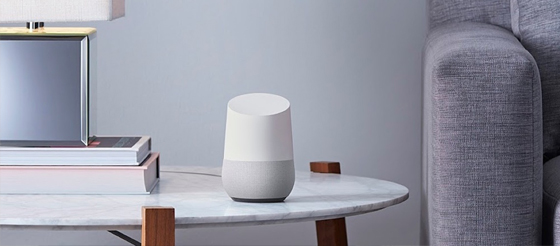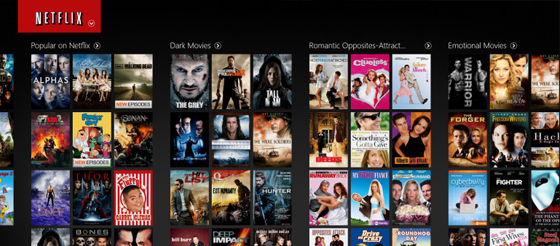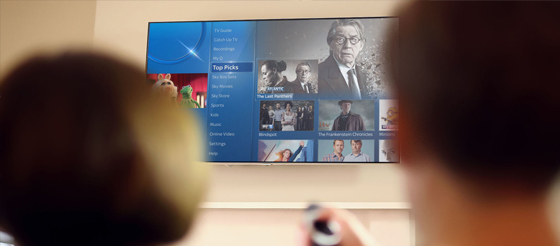
Google’s launch of Stadia is a game-changer, and a move that will have Nintendo, Microsoft and Sony quite concerned. No downloads, no patches and no console makes this the cloud gamers dream, and Google is delivering this incredible service without compromising on graphics quality. With 2.3bn active gamers globally and 46 per cent of those (1.1bn) spending, the financial impact to the establishment is significant. More so with the forecasted growth of gaming from $137.9bn (£105.3bn) in 2018 to more than $180.1bn by 2021.
Generational changes in consumers have seen Millennials identify with nostalgia, and they recapture their youth through console gaming, just as they have been doing for over 20 years. Back in 1994 PlayStation appeared on the market and having sold 525m consoles. It’s by far the most successful gaming platform ever.
Sony, together with Nintendo and Microsoft, has attempted to evolve the proposition and gaming to a digital platform with some degree of success. The most successful here is again PlayStation, with 80m active users on its PlayStation Network, up from 70m only a year ago.
However, PlayStation 4 Sony’s most up-to-date platform, is now six years old and accounts for a third of the total Sony turnover and profit. It’s no understatement to describe PlayStation as the jewel in Sony’s portfolio and that may just be about to be disrupted.
“A new generation platform”
Enter Google with its Stadia solution. As Phil Harrison VP and general manager at Google stated when launching Stadia: “It’s a new generation platform, rather than a next generation platform” which is what perhaps Sony, Microsoft and Nintendo have failed to achieve. Instead they’re merely evolving the concept of their platforms, rather than recreating them. Stadia will be a tough act to follow, with sharing options via YouTube, which has 63m daily viewers worldwide, Google Assistant built in, 4K resolution games at 60 frames per second with HDR (High Dynamic Range), and a plan to support 8K resolution in the future.
It may be game over for the business of selling hardware and encouraging gamers to ‘upgrade’ to a new console. This is not great for retailers who make a good margin on selling the hardware to eager gamers needing to upgrade to access the dream being sold by the platforms. For the platforms, success relies heavily on the hardware sales as the portal to the business end of the operation, the games themselves. Much like the print industry, brands sell the hardware at little or no margin to acquire users to the platform, tying them in to facilitate access to the gaming titles which deliver the true spoils and profit to the platforms.
Now with Stadia the internet is your store, with the network and data centre as your platform. So perhaps the paradigm is about to shift and the gaming industry will see a new emperor wear the clothes.
Generation Alpha
Consider Generation Alpha, the generation born after 2012, who as future consumers have been born into an era where minimalism in hardware drives digital innovation. This is the generation whom Stadia speaks to in volumes, and it may well turn out to be the only gaming platform this generation ever knows. Given that many 10 year olds become avid gamers, mobile phone, tablet and computer users, with no concept of physical media, this seismic shift could make the gaming establishment obsolete, unless their platforms evolve quickly.
To read the full article please visit Mobile Marketing.



